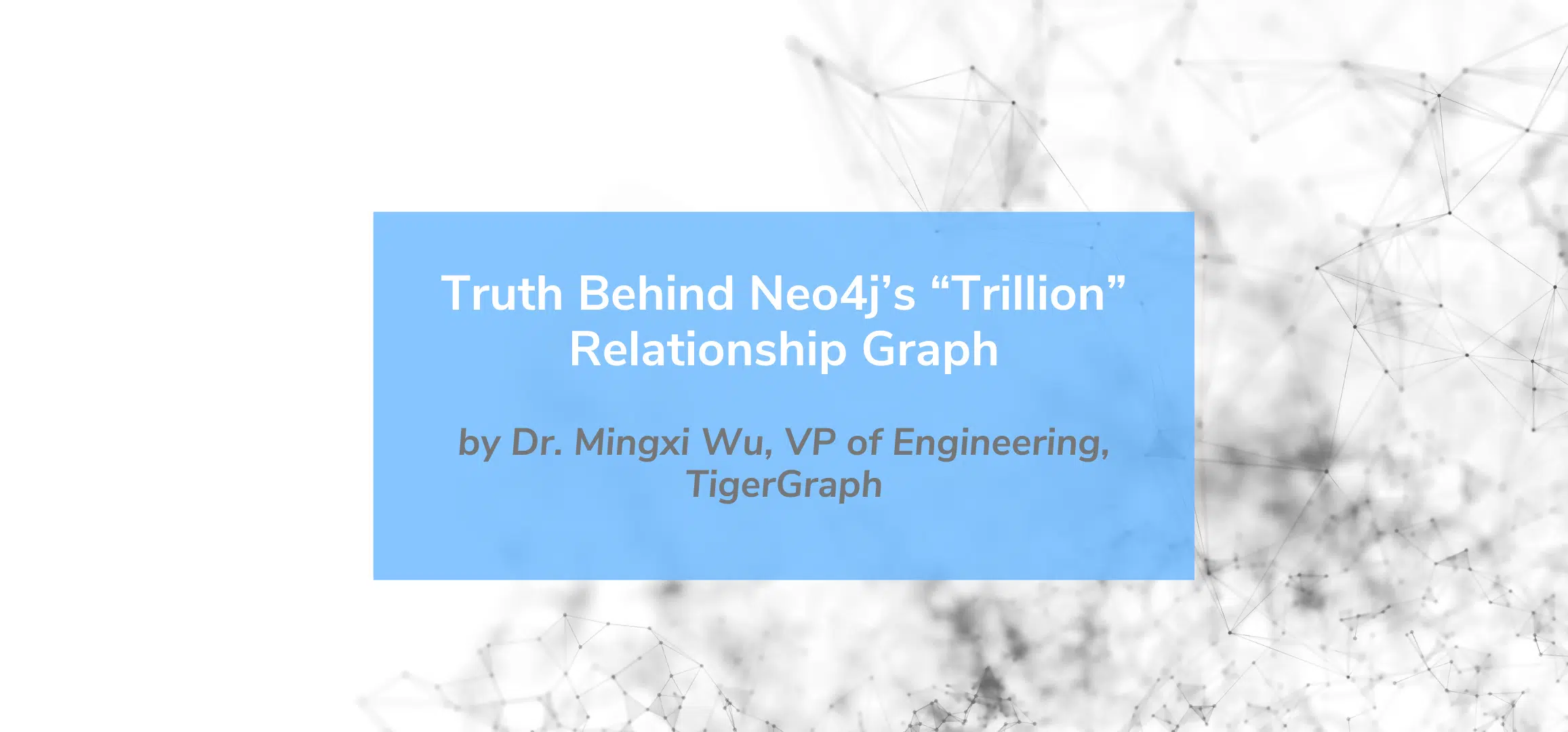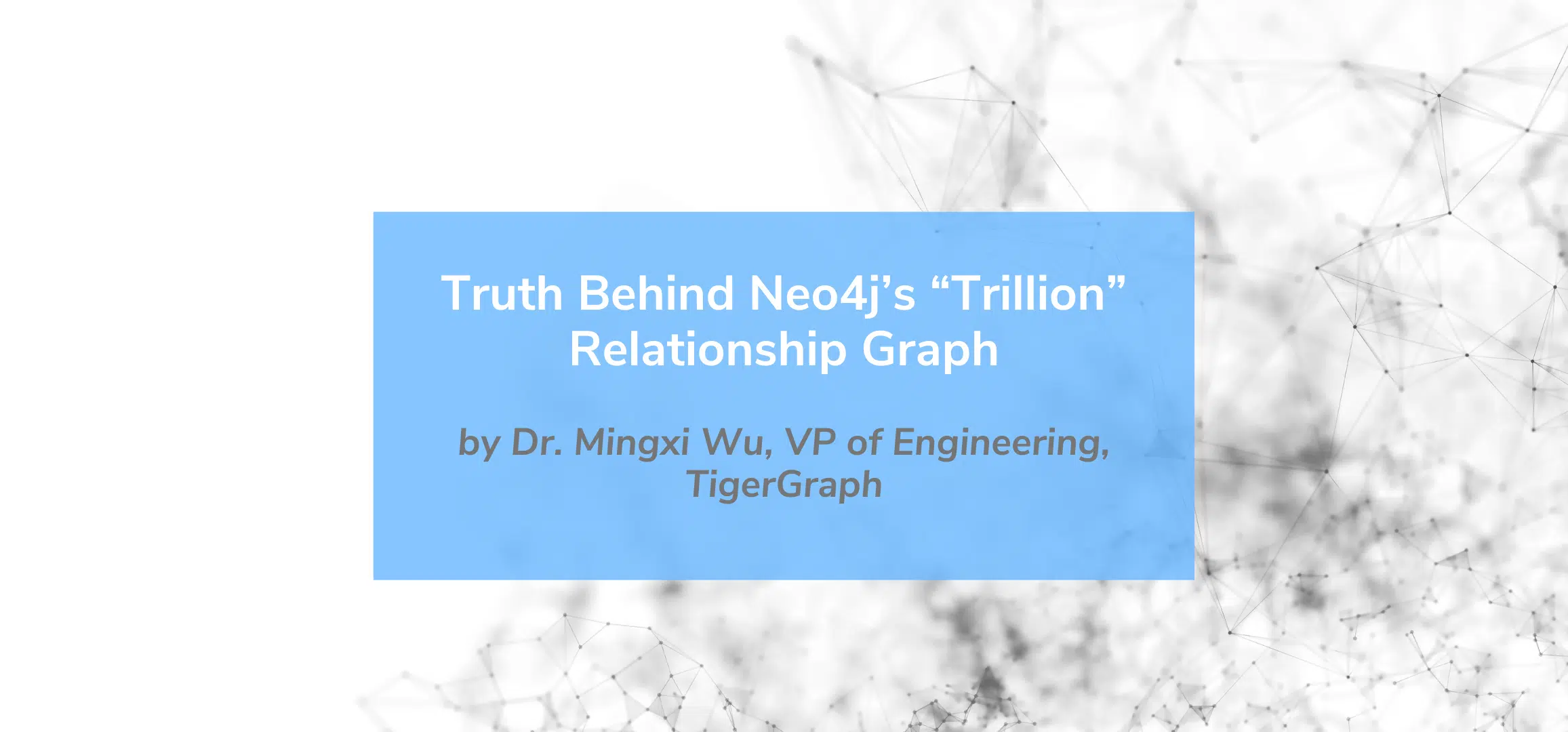This content has been archived. It may no longer be relevant

An entity resolution case study
This is an abbreviated version of a presentation by Maria Singson and Deepti Soni of Mastech Infotrellis during the Graph + AI Summit 2021 conference.
The elusive “entity” in today’s Entity Resolution
At the core of every customer, experience initiative is entity resolution. Whether it’s a risk or sales and marketing initiative, the first thing to do is to make sure one is talking to or about the right entity or person. It’s not just about names and addresses anymore, it’s about context. With the digital revolution we’ve been on, there are now concepts of digital twins and digital hearings. These concepts integrate all the data representing who we are, at home and at work, what we think and what we do.
How wide the resolution aperture should be depends on who is asking –
- For sales and marketing entity resolution must include online and UI behaviors. Moreover, the insights like what you offer the customer while on their website must be instantaneous.
- For risk mitigation, entity resolution must also happen instantaneously so that the right action is taken.
In AML, entity resolution traditionally belongs in KYC, or Know Your Customer. It’s part of the investigation process, as the investigator checks against different types of information. For example, PEP lists, politically exposed persons, or SARS (suspicious activity reports). Many times these checks are treated as reference files, but most AML investigative work is about defining who the entity is.
Transactions are the biggest data source, but also the person’s communications, their relationships, their affiliations, and even their travels. Now, some may argue that these do not have to happen in real-time. Well, this is true if you only look at the need of the investigator to come up with an entity resolution to a case. No deadline assigned necessarily, but there’s something else that is being missed. With the communications digital revolution, there are huge divisive signals of financial malfeasance that go undetected, which potentially provide a missing link between entities, therefore, surfacing a bigger resolution of their signature of suspicious activities.
AML Vault
In our AML vault financial crime risk management toolkit, we have Knowledge Graph-powered AI accelerators that remove the technical gaps in the AML process caused by the digital revolution. There are currently five of them, starting with Data governance KYC, and the Smart investigator Assistant with self-learning automation for manual reviews. Then there’s Hawk AI which focuses on automatically generating insights and alerts from the very convoluted world of transactions. There’s Entity AI, which we use as the base entity resolution engine, before any use case customization. Finally, there’s BigPep AI, which expands to search aperture for linkages in a good better best progression, which corresponds to the type of data being mined.
BigPep.ai
Here’s a high-level description of how BigPep AI works. There’s a bank customer on the left-hand side who is subject to an investigation. At some point, the bump against the pep list is done. BigPeP.ai can inch out the search for linkages, going through entity enrichment of the peps relationships, then affiliations, then social data. Ultimately, the enrichment process like adverse media screening using NLP and LOD may find a hidden linkage amongst the two entities. So, Knowledge Graph facilitates the linking of the data while inferential Auto ML and NLP put the pieces together.
Deepti: Leveraging BigPep.ai to find hidden relationships
This ontology shown here is part of our aim ontology cards. It integrates Marcus’ KYC information with his communications for this transaction data under the social media interactions. It is leveraging BigPep.aiI to find hidden relationships between markers whose transactions look clean otherwise. Here we have a person named Marcus Grey shown in a blue bubble. We see Marcus’ demographics and his family information. From a generic entity resolution perspective, all his IDs are legit and look complete from the standard KYC lens. Here we also see he is working as a part-time instructor in a global university and he is a member of a high inexpensive club Beers and Wolves Country Club. We have found the annual membership costs around $250,000 per year. This includes the tote incidentals and expenses the total totals to 670,000 per member per year. Drilling down to his transactions and screening his transactions through hoc AI, we found that his transaction records are mostly clean and there is nothing suspicious about his profile. He looks like a potential false-negative case.
Next, we perform entity enrichment by adding a social media flag to his profile. Here, the dark blue bubble represents his Twitter profile. This integrated data shows he is friends with Wyatt and follows him on Twitter. Wyatt works in the Beers and Wolves club. Following the linkages of their social network, we can see Wyatt’s linkage with Vivianne Lang, who is also in the Big Pep list represented by a red circle.
Next, we added more context using our BigPep.ai to our entities. Our BigPep.ai has an adverse media screening module that craves and consumes relevant news media articles from around the world. NLP-based modules identify main players in the news and provide additional context and sentiments of the news articles and players for those distinguished topics, using additional contextual information from data which may include information like citizenship affiliations, their partnerships, etc. This helps reduce ambiguity and reduce false alarms and alerts. And this also adds relevance to the linkages.
BigPep.aiI NLP module can perform advanced entity resolution across multiple languages. By adding the information, we have found that Vivianne Lang is a board member of several companies including a high-end club in which Marcus has a membership. In addition to Vivianne’s social network data, adding linked open data about Vivianne and her affiliations, BigPep.ai found that she is the wife of congressman Rob Land. This makes her and this chain of linkages from Marcus to Rob Land, a highly suspicious case for money laundering. This extensive paper is generated using NLP media screening and our entities were further enriched by linking with open data sets to add more context to our entities and their linkages. This also helps establish cross-list relationships. In anti-money laundering, it is vital to judging people by those with whom they associate. BigPep.ai based linkage analysis, assess the quality of those relationships distance of those related parties with suspicious entities.
The ties between Marcus Gray, our buying customer, and Congressman Rob Lang would have otherwise been obscured given the traditional bump against pep list and a traditional pep list view. Even the extra scrutiny of Marcus’s transactions yielded nothing with the modernization of both the volume and speed of data that the investigator must investigate. The luxury of having weeks to solve a case is a thing of the past. The more data points intercepted the more complete the context is on a particular entity.
When we apply NLP and other inferential algorithms on such relationships, and inferences are drawn, we always make sure that the investigator using the insight is armed with a quick way to gauge how good the linkage is. To do this, we use a panel of algorithms to score the linkage found and produce a composite confidence score for the linkage. The investigator can then set confidence code thresholds to be more or less conservative depending on the entity and other circumstantial evidence.
Summary
With Knowledge Graph and AI, it is now possible to have accelerator bots to help investigators find convoluted suspicious activities that link a customer to pep beyond what transaction monitoring could ever afford. The key convincing point to try graphing AI and AML is the little time it takes to mine relationships or to unearth relationships that are not that intuitive or transparent. When customers say their investigations take hours, not weeks or months, you have to ask, what have you got to lose? Our AML Vault of five AI accelerators are perfect bots to deploy on Knowledge Graph and they facilitate ML-specific deep learning that one would use when doing sentiment analysis, geotagging adjudication, link analysis, and even in producing regulatory compliance reports.
The title of this presentation is an entity resolution case study. We argued that the aperture of the resolution depends on the use case, and we ended up showing you how Knowledge Graph and AI make it easier to consider an entity’s resolution across multiple data dimensions. The ultimate Knowledge Graph should be able to map money launderers’ activities even before they’ve thought of their next move. Who knows? Maybe that’s what we will present next year. Thank you for listening.
You can listen to the full presentation here.

